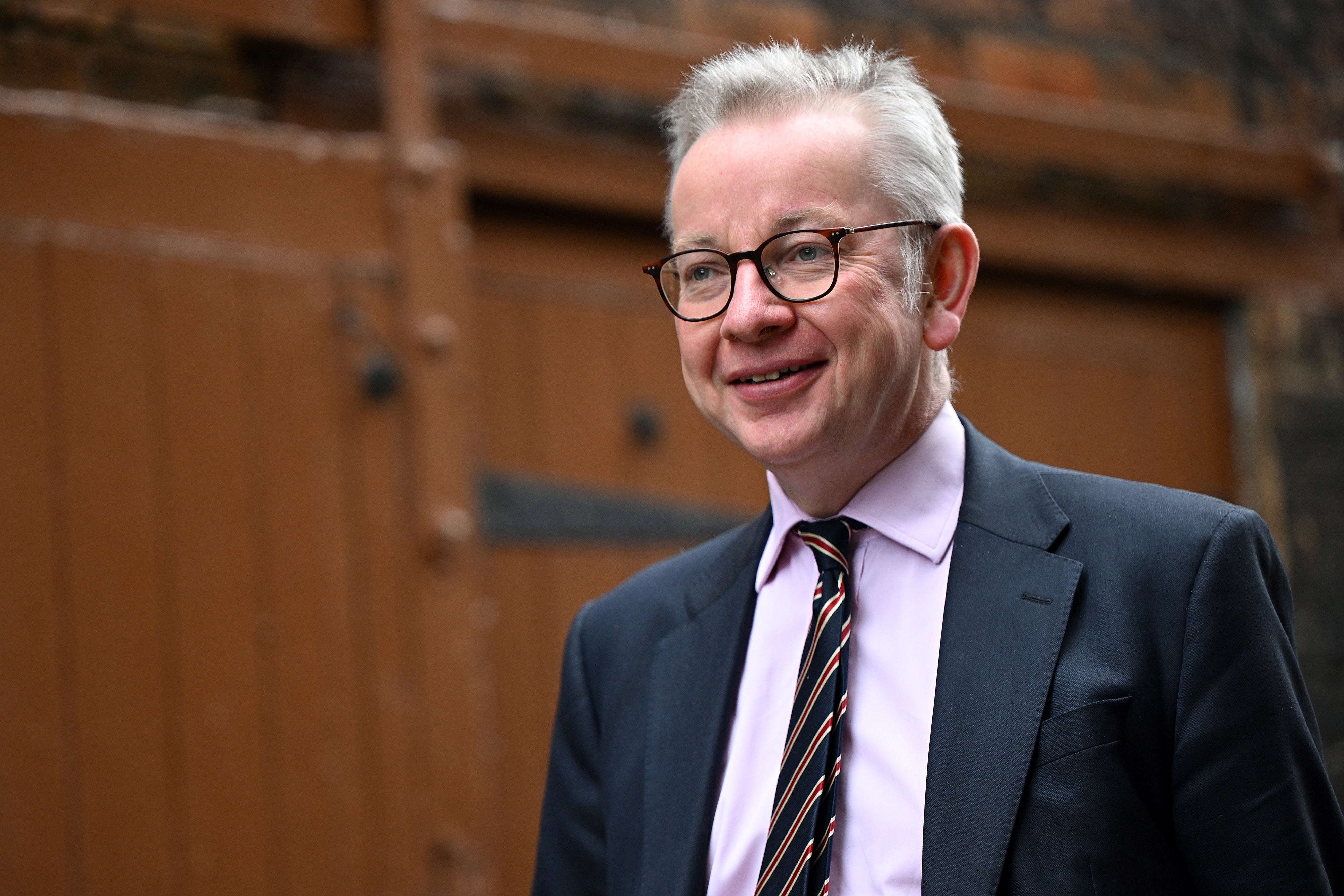What is in the Levelling Up and Regeneration Bill?
The Tory party has only two years left before the next election to persuade communities the policy has been delivered, says Andrew Woodcock


Levelling up” was at the heart of Boris Johnson’s manifesto for the 2019 general election, promising a sea change in the way the UK was run.
After decades in which areas around the country had complained that investment, jobs and power were too concentrated in London and the southeast, Mr Johnson promised to revive “left behind” towns and rural areas across Britain with government spending, jobs and the devolution of decision-making powers to local people.
But it was not long before the vaulting ambitions expressed during the election campaign ran into reality, in the shape of a Treasury tightening its belt in the wake of the Covid pandemic.
A levelling up white paper published by Michael Gove in February was widely criticised for the vagueness of its plans – and the modest sums of money available to deliver them.
The £4.8bn allocated to the levelling up fund to regenerate town centres was compared unfavourably to the trillions which Germany spent following reunification in 1990 to bring living standards in the former communist east closer to those in the wealthy west.
Now Labour has dismissed the Levelling Up and Regeneration Bill, being debated by MPs on Wednesday, as offering little more than minor tinkering with housing and planning rules.
So what is in the bill?
At the centre of its provisions are 12 “missions”, which enshrine in law a series of objectives to be achieved by 2030, with an obligation for future governments to set new goals after that point.
These include:
- Closing the gap in pay and productivity between the richest and poorest areas
- Eradicating child illiteracy and innumeracy
- Closing gaps in healthy life expectancy
- Raising transport connectivity throughout the UK nearer to London’s standards
- Making sure everyone has “a local community they can be proud of”
However, the bill also allows the government to ditch a mission if it is deemed no longer to be appropriate.
And the specific provisions underpinning these overarching goals have been criticised as insufficient to bring about the kind of transformative change Mr Johnson had promised.
Among them are a power for every part of England which wants an elected mayor to have one – and to give them different titles, such as “governor” in rural areas.
Devolution deals will be on offer from central government to areas of England that want them, enabling local councils to take on additional powers over priorities like transport or skills training.
Changes will make it easier for councils to borrow money for investment. A new infrastructure levy, replacing the existing Section 106 scheme, is intended to increase contributions by developers towards local roads, schools, hospitals and affordable housing.
Local leaders will be given powers to auction off tenancies for shops which have been left empty on high streets and to double council tax on second homes. Councils will be given more power to use compulsory purchase orders to regenerate town centres. And licences for al fresco dining will become easier to obtain.
Mr Gove said that his proposals will give a bigger voice to communities in the local plans drawn up by councils, and greater legal weight to the documents which set out their vision for future development.
Local design codes will require developers to respect local building styles and materials, and councils will be given stronger powers to protect green belt land.
And a digitised planning system will make plans and planning applications available on smartphones.
On the white paper’s publication, the Institute for Fiscal Studies think tank said it appeared the government had “chosen its destination with no sense of how it plans to get there”.
"The targets are largely in the right areas, but many look extremely ambitious – that is to say highly unlikely to be met, even with the best policies and much resource,” said the IFS.
Analysts at the Policy Exchange think tank said that the paper made few financial commitments beyond the 2021 spending review.
And the Campaign for the Protection of Rural England branded the bill a “cleverly disguised power grab by the government”, which would give ministers “unprecedented power to overrule local plans”.
Meanwhile, there was alarm at the bill’s launch when Mr Gove cast doubt on government pledges to build 300,000 houses a year by the mid-2020s, saying that while “arithmetic” was important, so was “beauty” in building.
After making levelling up a centrepiece of his appeal to voters in 2019, Mr Johnson has only two years left before the next election to persuade communities – particularly in the red-wall former Labour seats of the Midlands and the north – that he has delivered. If he survives his current difficulties, the success or failure of this bill will play an important role in his battle for re-election.
Join our commenting forum
Join thought-provoking conversations, follow other Independent readers and see their replies
Comments
Bookmark popover
Removed from bookmarks